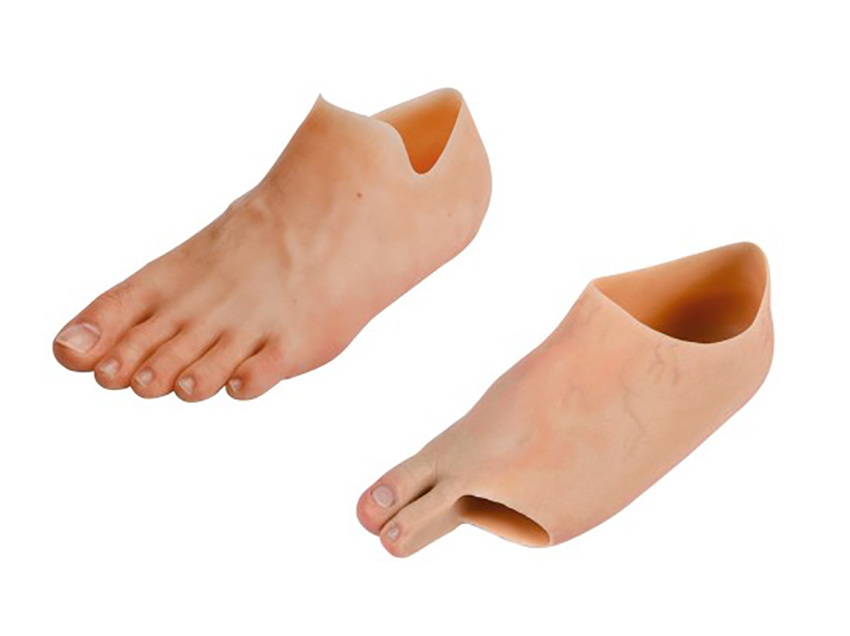News Center |

Here are some things to know if a foot amputee is a partial foot amputee:
Amputation considerations: The initial process is for the surgical surgeon to determine how much of the foot should be removed. The process takes into account how much bone can be retained while cushioning the prosthesis. In addition, how remaining muscles, skin and nerves affect quality of life and how to maintain balance and gait while walking. Ultimately, this could have a direct impact on better balance or more comfortable prosthetics after surgery.
Recovery and rehabilitation: After surgery, the recovery process and rehabilitation will be in place. First, foot amputees will make regular appointments with the surgeon to change dressings and monitor the healing progress of the foot. Once the wound has healed, rehabilitation training will begin.

In other words, rehabilitation aims to help foot amputees get used to prosthetics and learn how to get around without them. First, foot amputees will start with a temporary prosthesis and then get a permanent prosthesis while the stump heals, usually within six months to a year. Second, you have to push forward to walk without support. Without realizing it, foot amputees will be able to resume normal daily activities, such as walking, driving and wearing traditional shoes with prosthetic limbs.
Half-foot prosthetics and Shoes: When it comes to half-foot prosthetics and shoes, they are usually custom-made. The aim is to adapt the stump of a foot amputee's foot and provide it with the support lost after amputation.
One, foot amputees need insoles or custom-made shoes. Partial foot inserts are rigid treads used in standard shoes that have raised areas to fill gaps created by amputations. Custom shoes are designed to provide the same function and additional support for balance and movement for foot amputees. Second, foot amputees need custom shaped foot prostheses. This aims to replace the missing area of the foot in foot amputees. These include curved arch supports and a carbon fiber keel to provide weight bearing and natural movement.
Toe amputation
On the other hand, if a foot amputee has a toe amputated, here are some important considerations:
Toe impact on balance: The toes of foot amputees need to provide balance and support during walking. It is possible that the loss of one or more toes can affect the balance of a foot amputee. The absence of any of the three middle toes can significantly affect walking in foot amputees.

Recovery and rehabilitation: After surgery, the pain will improve significantly after a week of treatment. As for the swelling, it may take about a month to subside. That means a foot amputee may need to wear a cast or special shoe for about two weeks. Throughout the recovery process, foot amputees need to follow the doctor's advice on foot bandages and surgical area care. Foot amputees will start walking again and may feel their balance affected, but it will recover well.
Toe prostheses: Foot amputees may need toe prostheses if balance problems persist after rehabilitation. When it comes to cosmetic alternatives to toes, there are currently a number of prosthetics available on the market. It can be made as rigid as needed to provide additional support and balance for foot amputees while walking. We hope this will shed some light on life after partial foot or toe amputation. You can expect it to improve your quality of life. But it's also important to follow your doctor's advice and keep up with the recovery and recovery process. Foot amputees don't have to worry about prosthetics that don't fit because they are custom-made to help them live a normal life.
Learn more about our prosthetic solutions on our product page. Please feel free to contact us, I hope we can help you!
Copyright © 2015 USA-YOBAND. All Rights Reserved 沪ICP备09003269号